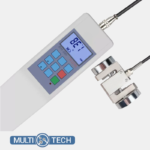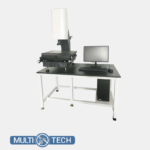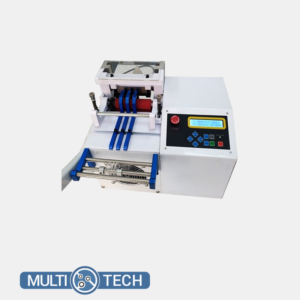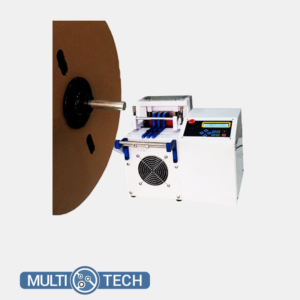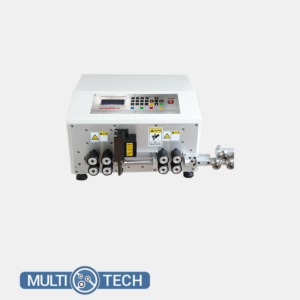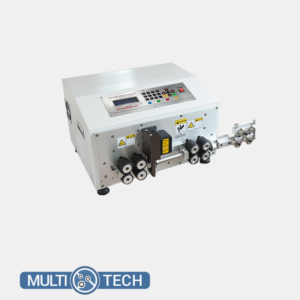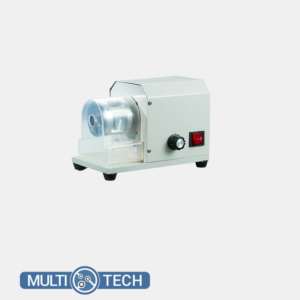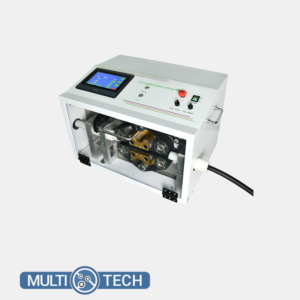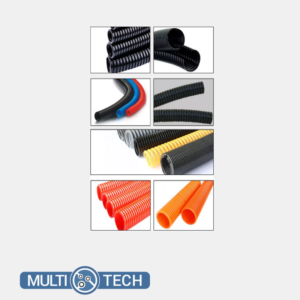Description
Pointer Torque Screwdriver | MTN-X; with pointer is designed for use in the torque tests of screws in the automotive, motorcycle, machine building and electrical-electronic industries.
- It has a scale indicator.
- Displays torque value with high precision, easy to read.
- It has a movable needle.
- When it is returned to a certain measurement value, the moving needle will stop and the correct value can be read.
- It is bidirectional, can be rotated clockwise or counterclockwise.
- Customer can replace the driver head according to the item they want to measure. Supplied with cross and flat head screwdriver bits.
- Thanks to the extension tip, it makes it easier for the customer to use it at large torque values.
TECHNICAL PARAMETERS
| Model |
Capacity(Nm) |
Accuracy | Lenght( mm) |
| MTN-0.6 | 0.1-0.6 | 5% | 270 |
| MTN -1.2 | 0.2-1.2 | ||
| MTN -3 | 0.25-3 | ||
| MTN -6 | 0.5-6 | ||
| MTN -9 | 0.75-9 | ||
| MTN -12 | 1-12 |



